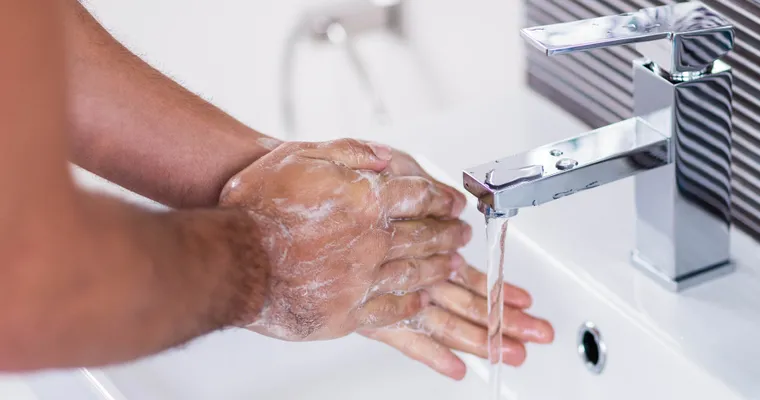In today's world, "hand-washing" has become a crucial practice for maintaining health and preventing illness, especially for "seniors" and their "family caregivers". Proper hand hygiene is essential in reducing the spread of infections, particularly in vulnerable populations. This article will explore effective hand-washing techniques and best practices that seniors and caregivers should follow to ensure safety and well-being.
Why Hand-Washing is Important for Seniors
Seniors are often more susceptible to infections due to weakened immune systems and existing health conditions. Regular hand-washing can significantly lower the risk of illnesses such as colds, flu, and gastrointestinal infections. For family caregivers, being vigilant about hand hygiene not only protects the senior they are caring for but also safeguards their own health.
Best Practices for Effective Hand-Washing
1. "Use Soap and Water": The most effective way to wash hands is by using soap and running water. Antibacterial soaps are not necessary; regular soap is effective at removing germs.
2. "Wash for at Least 20 Seconds": When washing hands, it is important to scrub for at least 20 seconds. A good way to time this is by singing a short song or counting to twenty.
3. "Focus on Key Areas": Pay special attention to the areas that often miss out on cleaning, such as between the fingers, under the nails, and around the wrists. Ensure that all surfaces are thoroughly scrubbed.
4. "Rinse and Dry Properly": After washing, rinse hands well under clean running water. Use a clean towel or air dryer to dry hands thoroughly, as germs can be transferred more easily from wet hands.
5. "Use Hand Sanitizer When Necessary": If soap and water are not available, an alcohol-based hand sanitizer with at least 60% alcohol can be a good alternative. However, it is important to remember that hand sanitizers do not eliminate all types of germs.
When to Wash Hands
For seniors and family caregivers, knowing when to wash hands is just as important as how to wash them. Key times to wash hands include:
Before and after preparing food
Before eating
After using the restroom
After coughing, sneezing, or blowing the nose
Before and after caring for a wound or changing a bandage
After touching pets or handling pet food
Encouraging Good Hand Hygiene
For family caregivers, encouraging seniors to practice good hand hygiene can be done in various ways:
"Lead by Example": Demonstrate proper hand-washing techniques and make it a routine in your daily activities.
"Create Reminders": Place visual reminders near sinks to prompt hand-washing, especially during critical times.
"Make It Fun": Turn hand-washing into a fun activity by singing songs or using colorful soap to engage seniors.
Conclusion
Hand-washing is a simple yet powerful tool in preventing illness among "seniors" and their "family caregivers". By following these best practices and making hand hygiene a priority, you can help protect yourself and your loved ones from infections. Remember, effective hand-washing is not just a habit; it is a vital part of maintaining health and well-being in the community. Stay safe, stay healthy, and wash your hands regularly.





